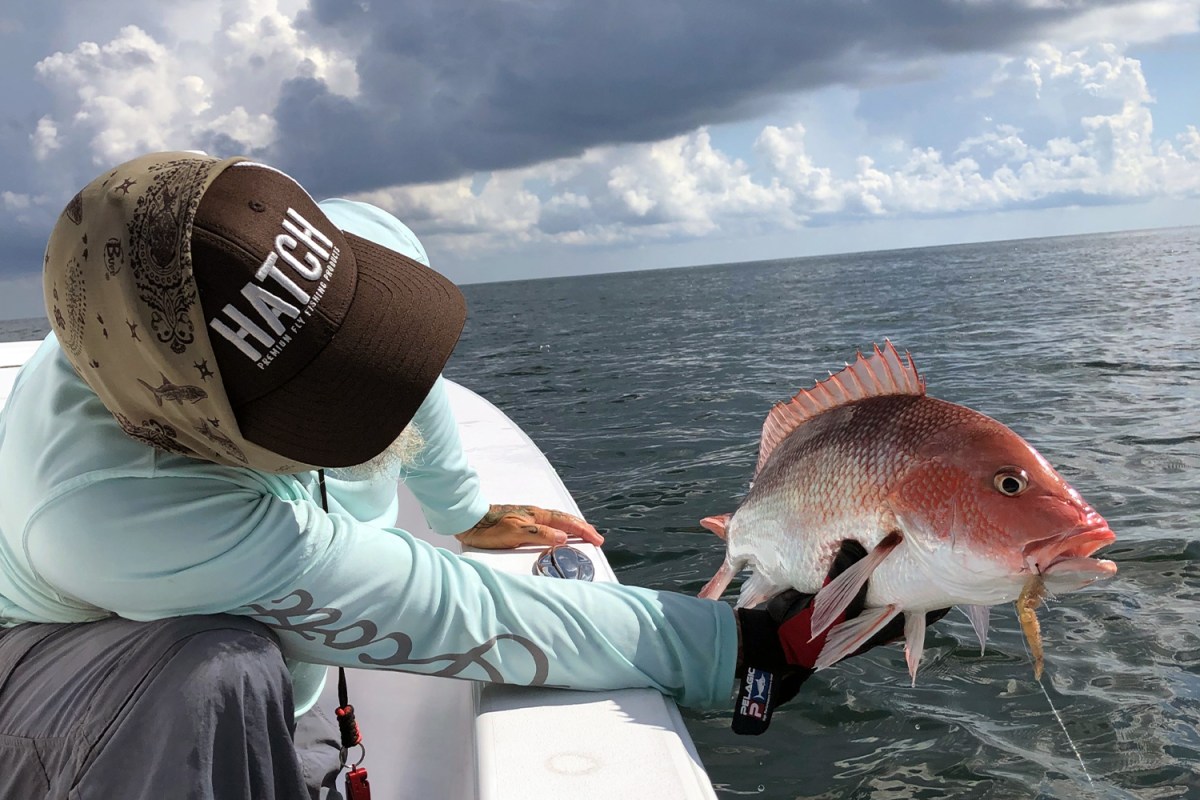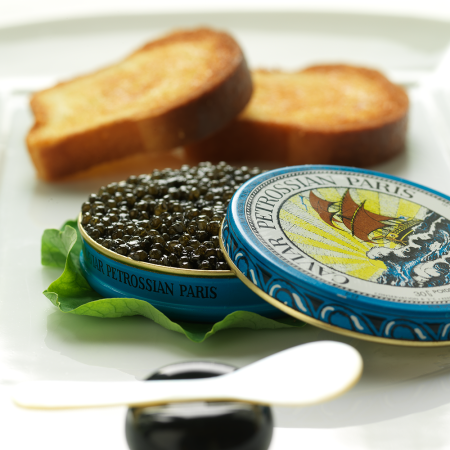Over the past year, you’ve probably taken up a couple of new hobbies. Whether it’s biking, bird watching or fishing, a number of outdoor activities have seen a resurgence as people look to keep a safe distance from other humans and reconnect with nature. This is in our biology: time spent amongst the greenery is super healthy for your mind and body, and as long as you observe some ground rules, it’s entirely safe to exercise outdoors during a pandemic.
One activity that’s really been able to capitalize on this philosophy, as mentioned, has been recreational fishing. States have been reporting substantial increases in the number of licenses sold during the pandemic, and these figures are expected to jump even more when 2020 data is properly analyzed. In 2018, the industry generated over $1.1 billion, a 31-percent increase over the prior year, and according to a special report released in 2020 by the Recreational Boating and Fishing Foundation and the Outdoor Foundation, from 2018 to 2019, the number of people fly fishing grew by 100,000, bringing the total number of participants to a record 7 million.
For brand new anglers making their way onto the water, this is an exciting time. But below the water, the fish themselves are definitely beginning to feel the heat. Tom Sadler of the Marine Conservation Network tells InsideHook that the greatest threat to local fish and other marine populations in the DC-Maryland-Virginia area is: “People, pure and simple.”
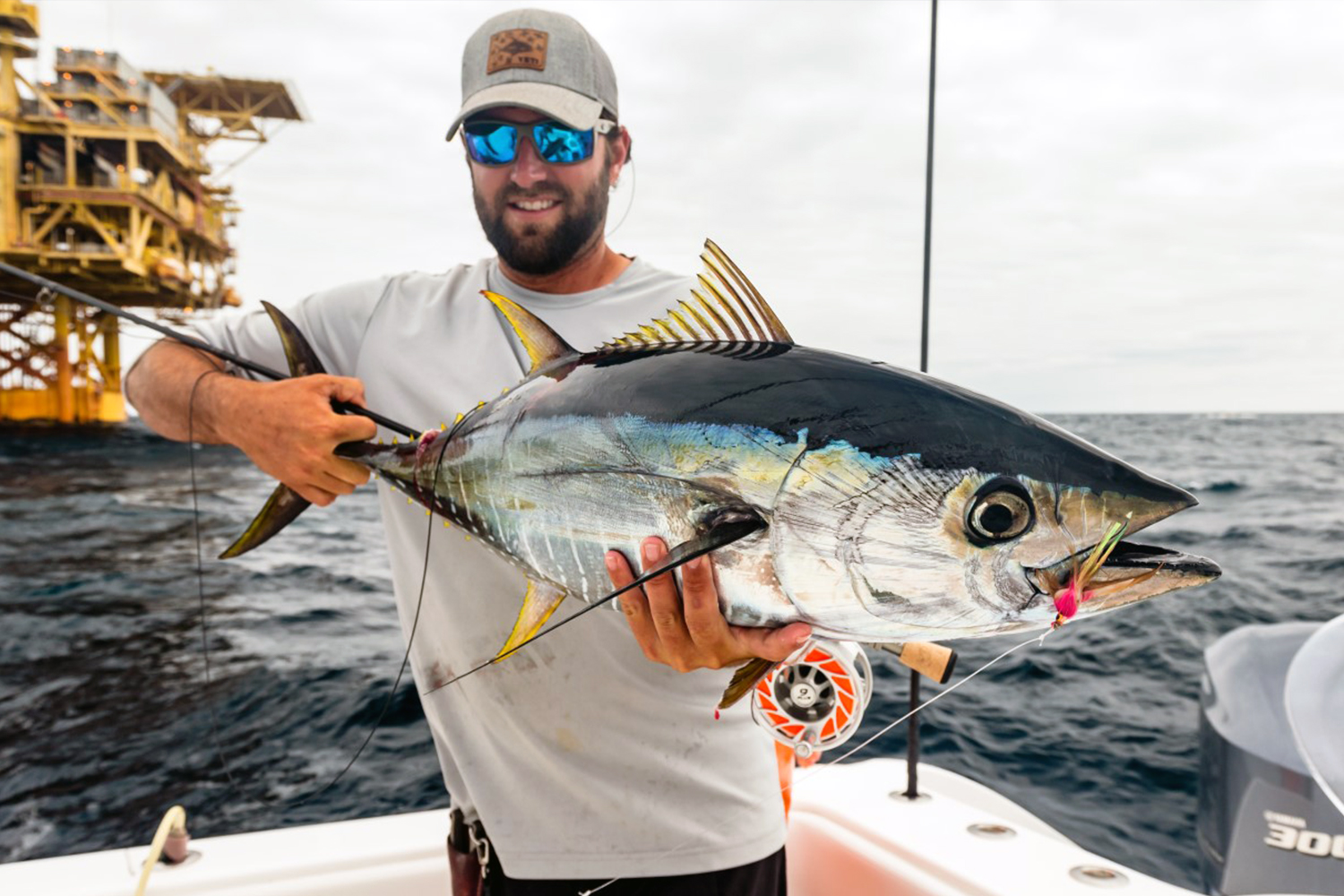
Now, just to get this out of the way, he isn’t telling everyone to throw their fishing poles away and retreat back to their homes. Sadler himself is a fly fishing guide, and his goal is to preserve populations for the long haul, not to see the art of fishing come to an end.
“Anglers, both recreational and commercial, need to take a long view if they want to keep fishing,” Sadler says. “Nobody wants to catch the last fish, but nobody wants to stop fishing either. Something has to give … there is a personal responsibility aspect to it that requires action by everyone.” He adds that “we are at the tipping point where our collective impact on the planet is causing a cascading series of events that are robbing future generations. We need to get a grip on that and start thinking about our grandchildren’s grandchildren — not just our present-day needs.”
Back in 1793, George Washington described the Potomac River as “well supplied with various kinds of fish at all seasons of the year … the whole shore in short is one entire fishery.” Records of fishing in the region go even further back, to as early as 1606, when the Chesapeake Bay and its tributaries were known as sources of “incredible stocks of fish and seafood.” Colonists described enormous four- to six-foot-long sturgeon that quite literally leapt from the water onto their boats, and oysters that measured as long as 14 inches.
Though times have obviously changed, the Chesapeake Bay, North America’s largest estuary, is still world-renowned for its quality and diversity of fish. It benefits from the conjoining of the salty water of the Atlantic and the fresh water that flows in from the Susquehanna, Potomac and Rappahannock. There, species like striped bass, bluefish, speckled sea trout and more are able to flourish.
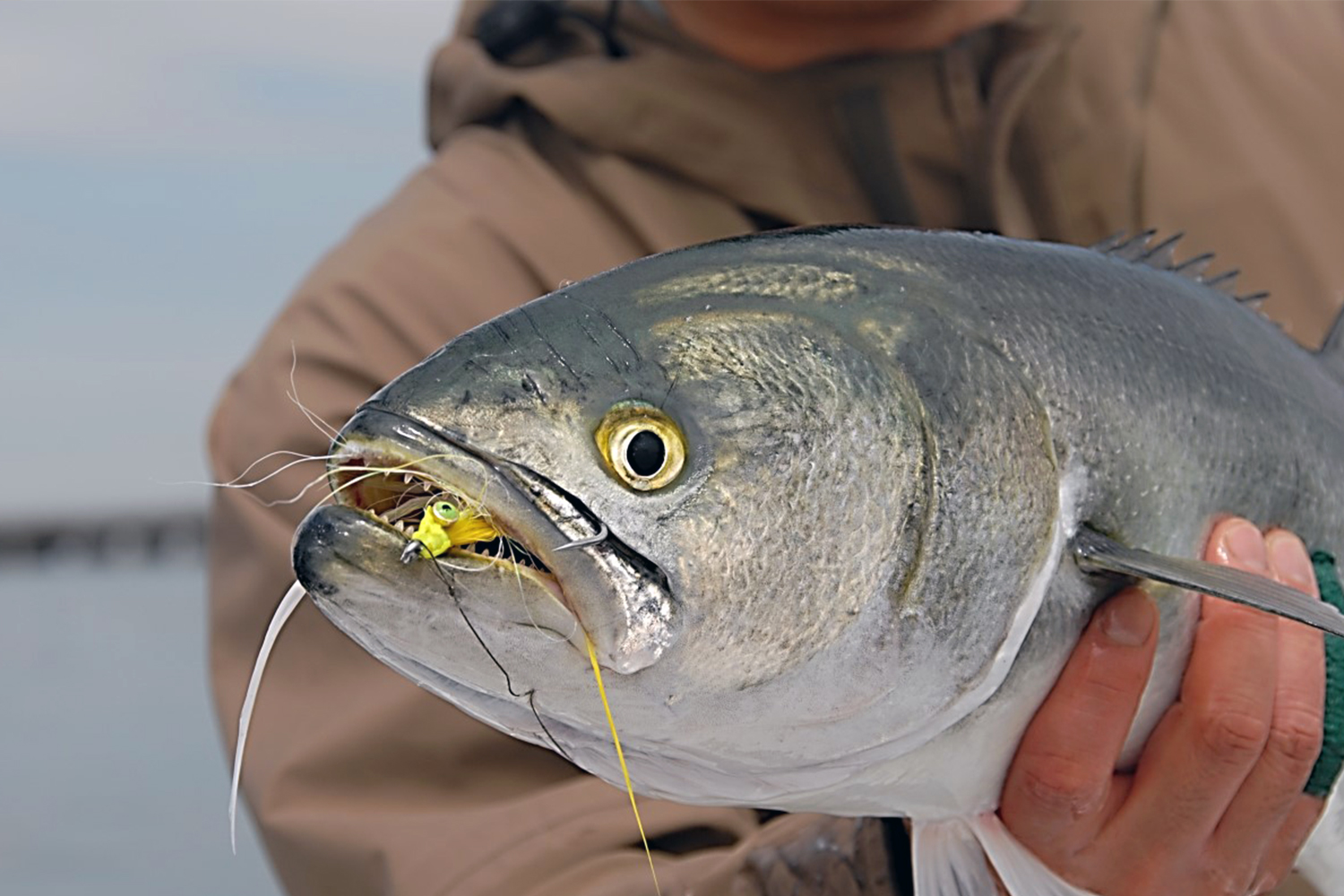
Unfortunately, Sadler tells us that some of these star residents are currently in crisis. He points to the Magnuson-Stevens Act, which is considered the global gold standard of federal fishery management systems. “The strong conservation framework of the law works because it requires management decisions to be driven by science, and ensures that all fishermen — whether they are casual anglers or commercial fishermen — be accountable to stay within allotted catch limits,” reads a recent report by the American Fly Fishing Trade Association (AFFTA).
The problem, Sadler says, is that the act doesn’t actually apply to striped bass, “and anglers are paying the price.”
“The Atlantic States Marine Fisheries Commission (ASMFC)’s poster child for success, the striper, is once again overfished and experiencing overfishing,” he explains. “The Commission better start figuring out how to manage for the future and use science-based management measures like the federal fisheries do.”
“The fight over menhaden is another example,” Sadler continues. “We need to make sure there is food in the system for the big fish to eat, or we doom the economic opportunity that is tied to striper fishing. Forage fish, the little fish the big fish eat, need to be managed in such a way so their role in the ocean is accounted for.”
Sadler says that mismanagement of overfished species could lead to negative consequences that play out twofold: first, in terms of the economic impact, and more importantly, in terms of the impact that would be felt from the loss of a species.
“The non-economic aspects of the marine ecosystems are sacrosanct to many of us in this industry,” he says. “We have an ethos that is willing to forgo benefits today for future generations. The impact of the loss of a species, the habitat and the attendant qualities of that ecosystem goes far beyond economics.”
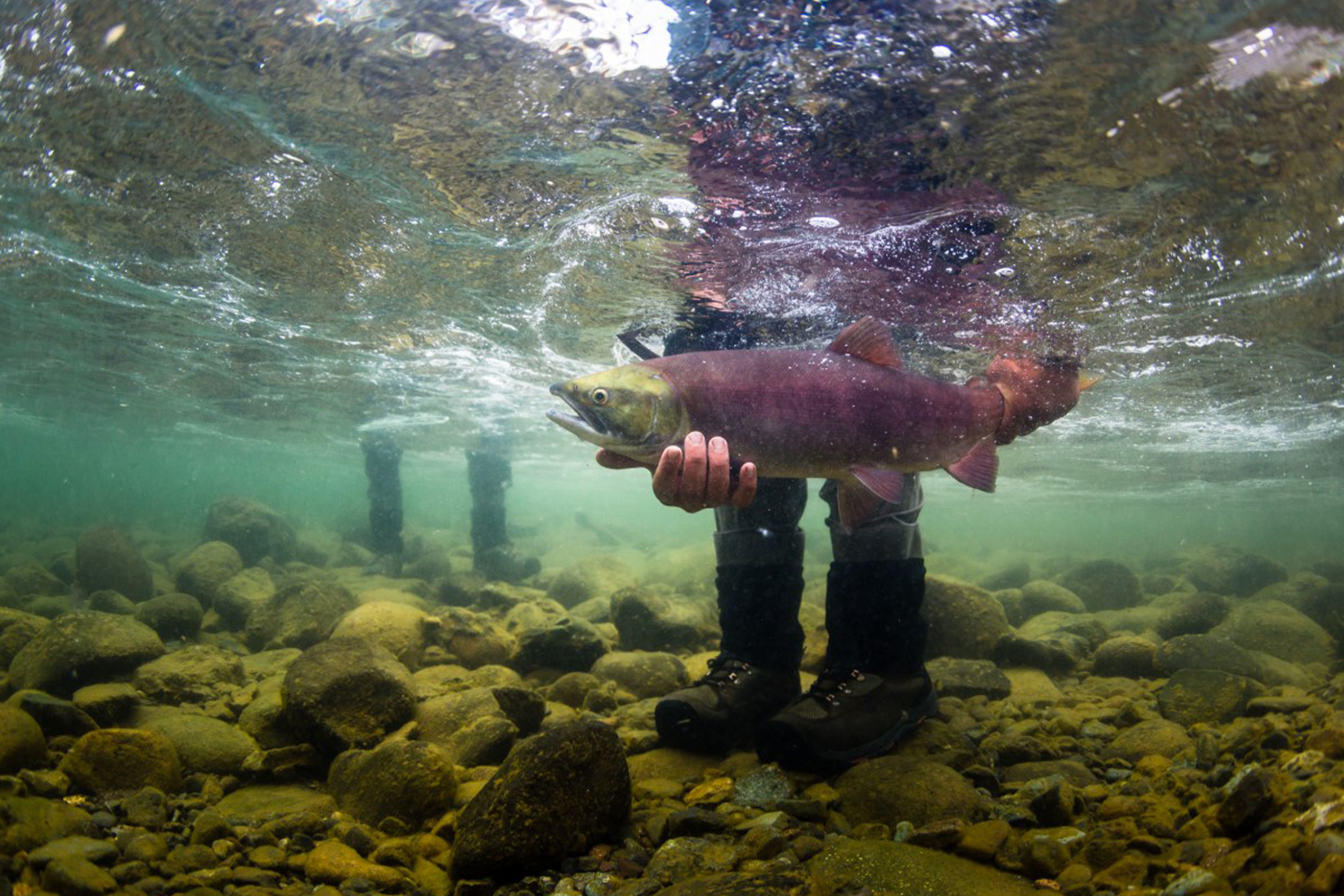
The most important step towards long lasting conservation efforts, according to Sadler, is an end to the artificial antagonism that is often injected into debates around fishing — the notion that anglers and conservationists are existentially at odds. That will take seeing nature as less of a commodity and more as the common ground of what those on both sides of the argument cherish. It’s no easy feat, but the good news is that there are steps every angler and nature lover can take to help conserve their natural surroundings.
“The best thing you can do is act responsibly and take the long view,” he says. “Become educated about the challenges facing the oceans and, where and when it suits you, chip in some time or money. Get involved if you can with the local groups that are focused on stewardship. Clean up a beach or waterway, sign a letter, write a letter to the editor or call your elected officials. I promise you all those things are worth doing. But, also share your passion with your family, a friend or someone who wants to learn from you. If you care and share that with others, you become a force multiplier.”
For those looking to learn more and contribute, there are a number of solid marine conservation organizations and fishing groups out there, including Sadler’s own Marine Fish Conservation Network, for which he is the Deputy Director.
“If you care about the oceans, a quick search on the web will turn up lots [of organizations]. Look at what actions they champion and see if that appeals to you. Sign up for their newsletters and educate yourself on the opportunities to get involved.”
There’s also the matter of responsibly choosing where and what you fish. The best way to be sure you’re fishing ethically is to do your research before heading to the water. Check what kind of fish are in season, what they look like and where you might find them. If you plan on opting out of catch and release, Sadler also recommends using the “buffet rule,” which reads as such: Take all you want, but eat what you take. Following that guidance means ensuring that your fishing experience won’t just be about filling up a cooler, and that you’re being mindful of always sharing the wealth.
And when it comes to finding the ideal spot for your next trip, check in with your local tackle shops and fishing guides. Start by checking out the American Saltwater Guides Association, which provides local guides and recommendations.
Sadler also recommends creating a good relationship with a local fishing tackle dealer, who, once they realize you appreciate their advice, experience and expertise, will have no problem showering you with more. “It’s a two-way street,” he says, “but it is worth the time to build the relationship with a local shop.”
“Also, just take the time to go enjoy. We are here for a relatively short period of time, so make those days count. Go stand on the shore or the deck of a boat and admire the majesty of our sea and breathe deep in the magic they bestow on us.”
“Defenders of the short-sighted men who in their greed and selfishness will, if permitted, rob our country of half its charm by their reckless extermination of all useful and beautiful wild things sometimes seek to champion them by saying that “the game belongs to the people.” So it does; and not merely to the people now alive, but to the unborn people … The movement for the conservation of wild life and the larger movement for the conservation of all our natural resources are essentially democratic in spirit, purpose, and method.”
Theodore Roosevelt from “A Book-Lover’s Holidays in the Open”
This article was featured in the InsideHook DC newsletter. Sign up now for more from the Beltway.
